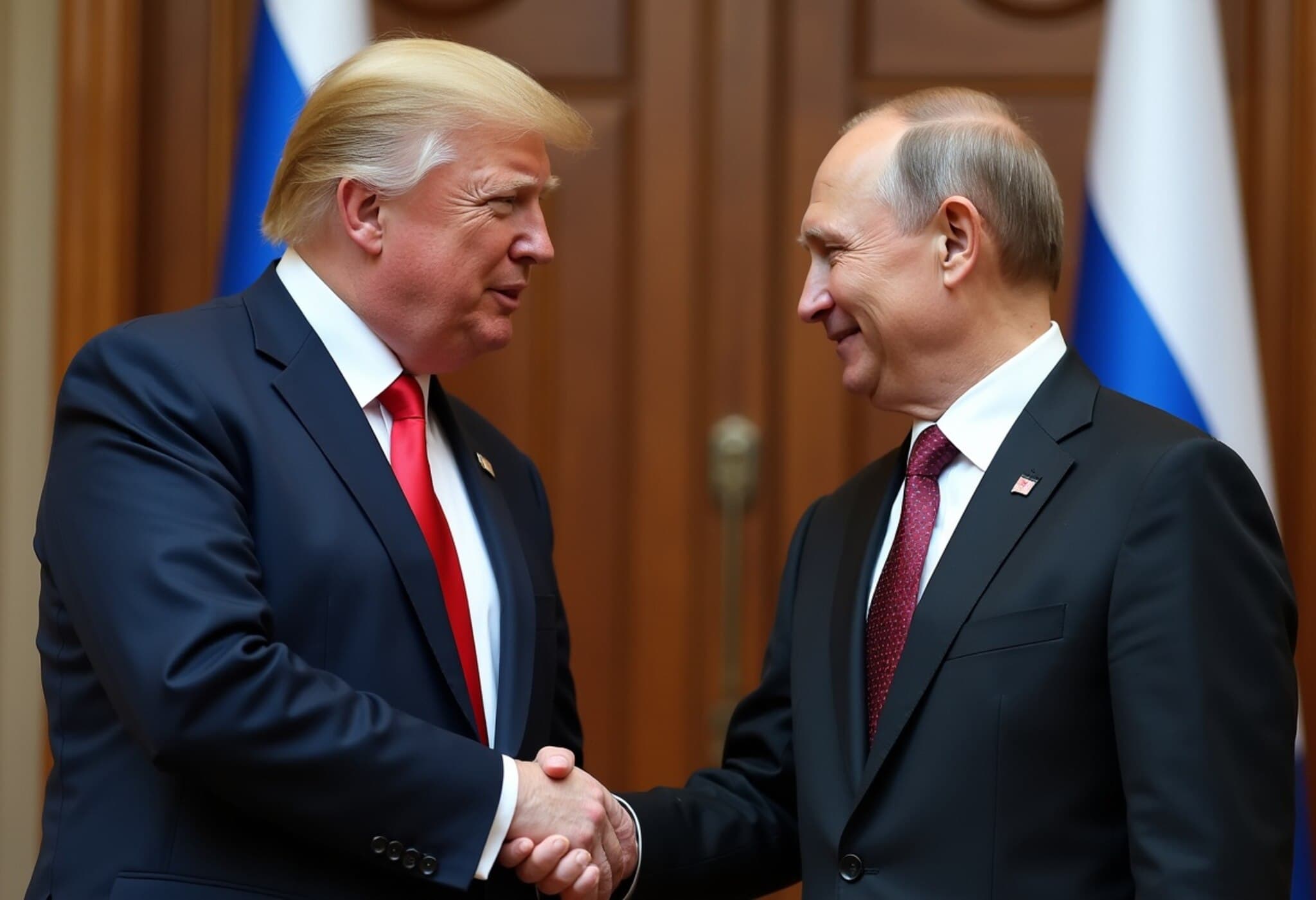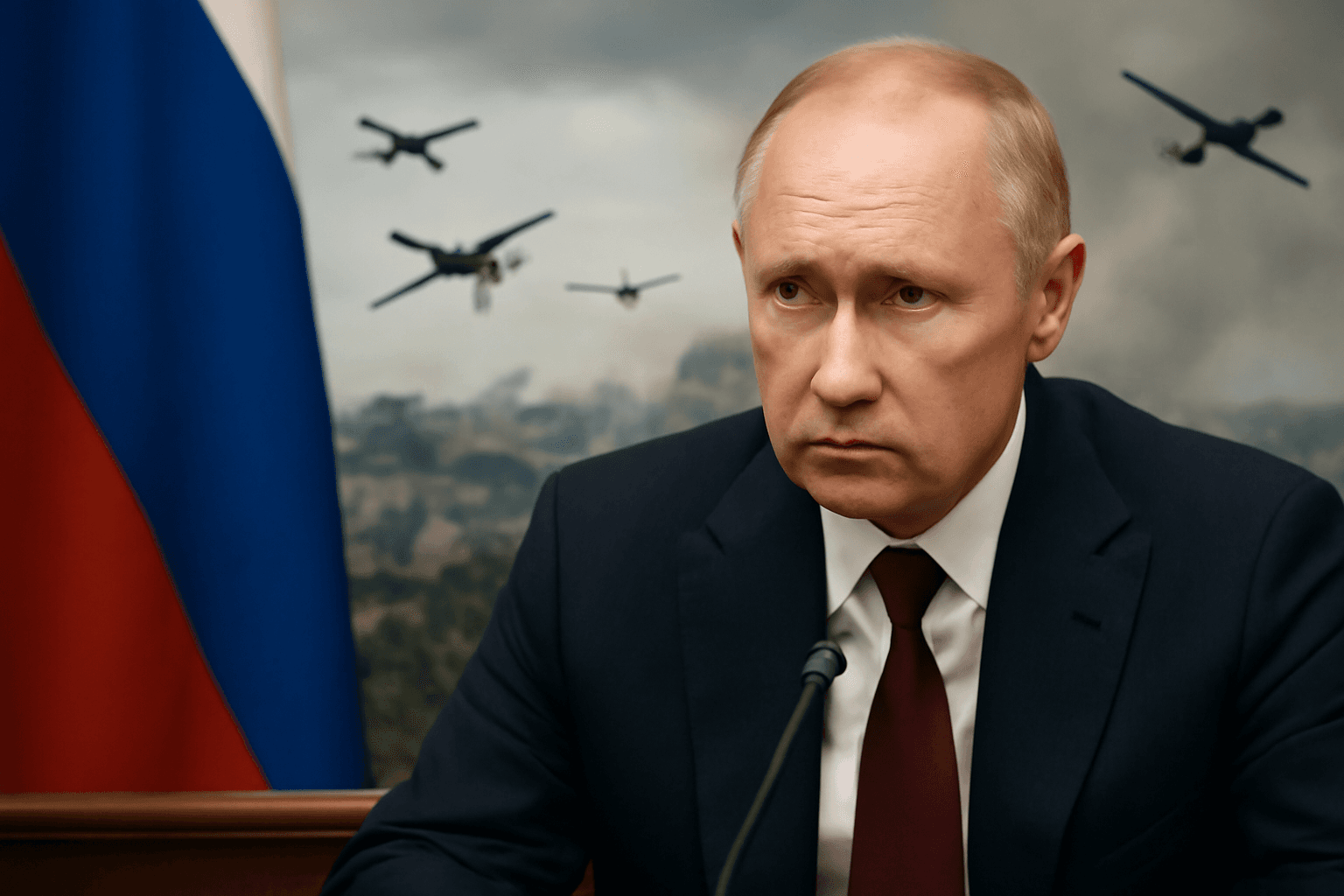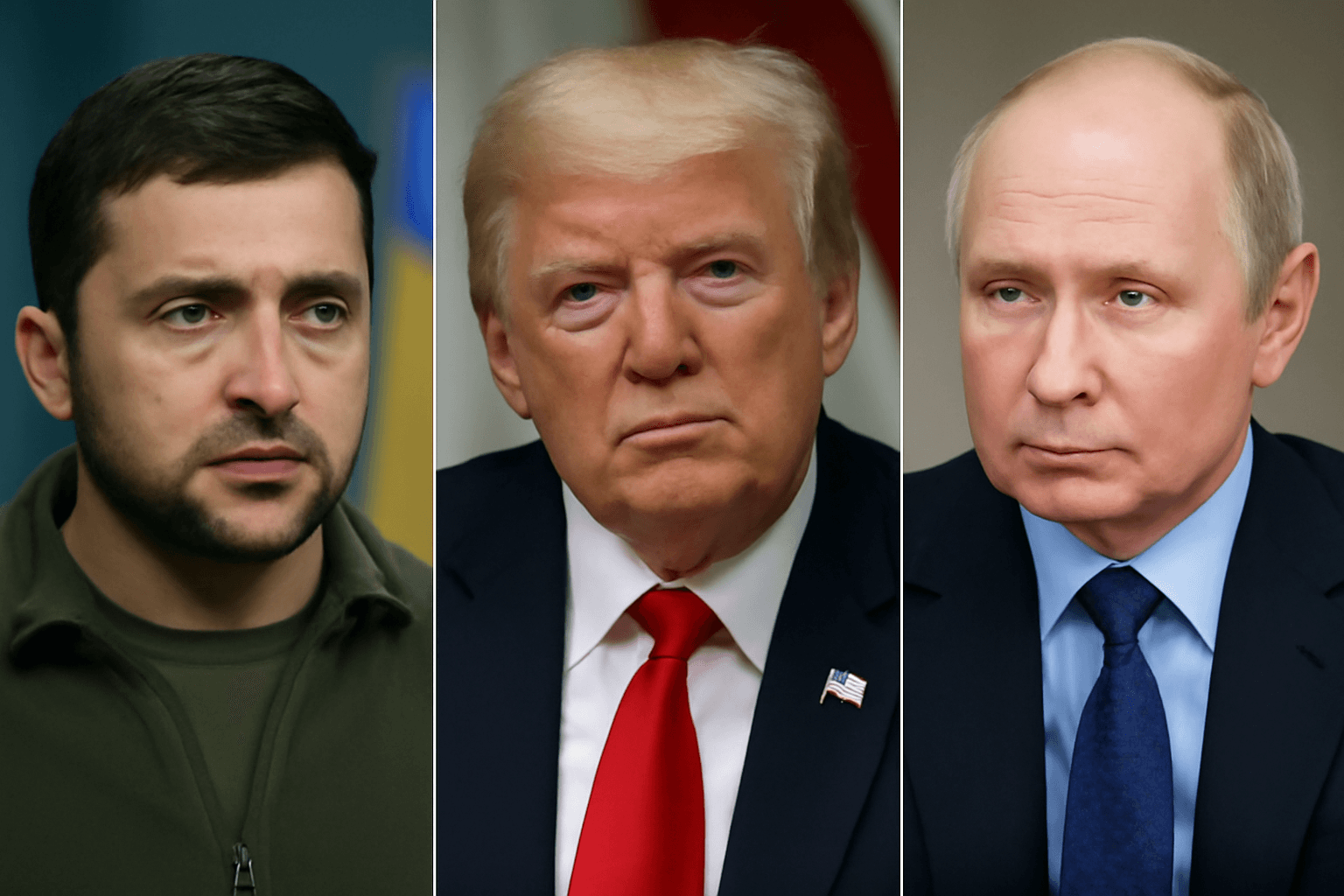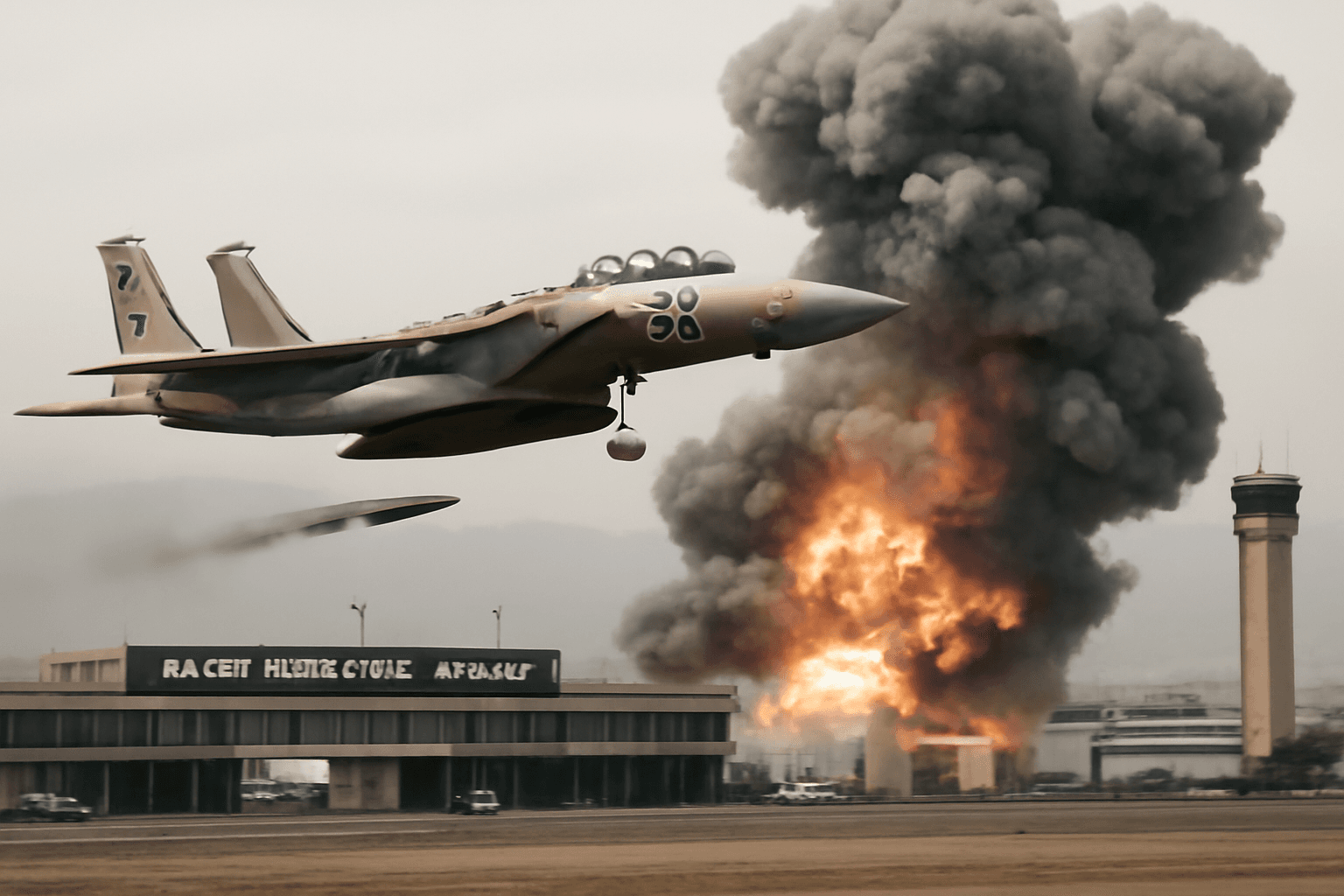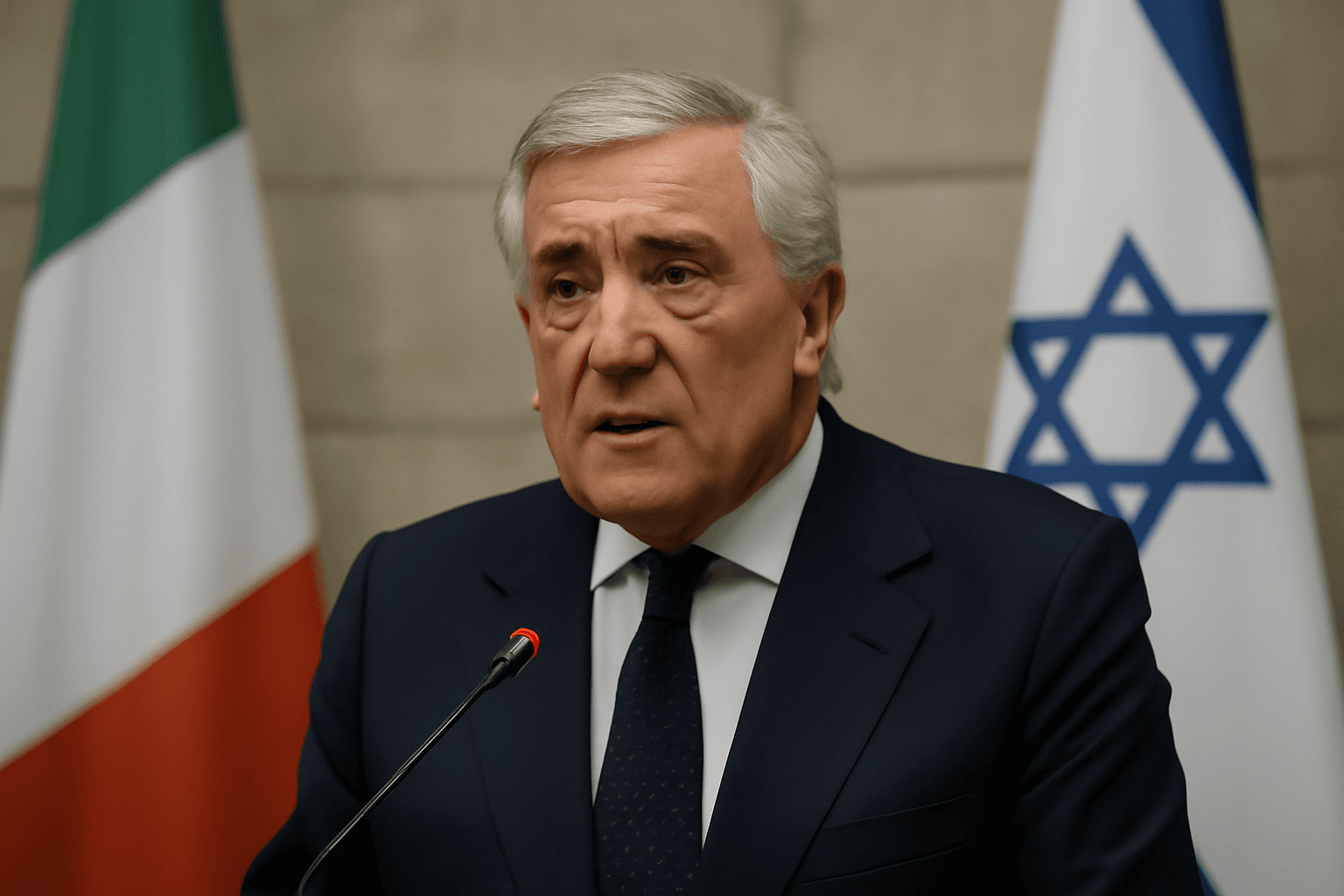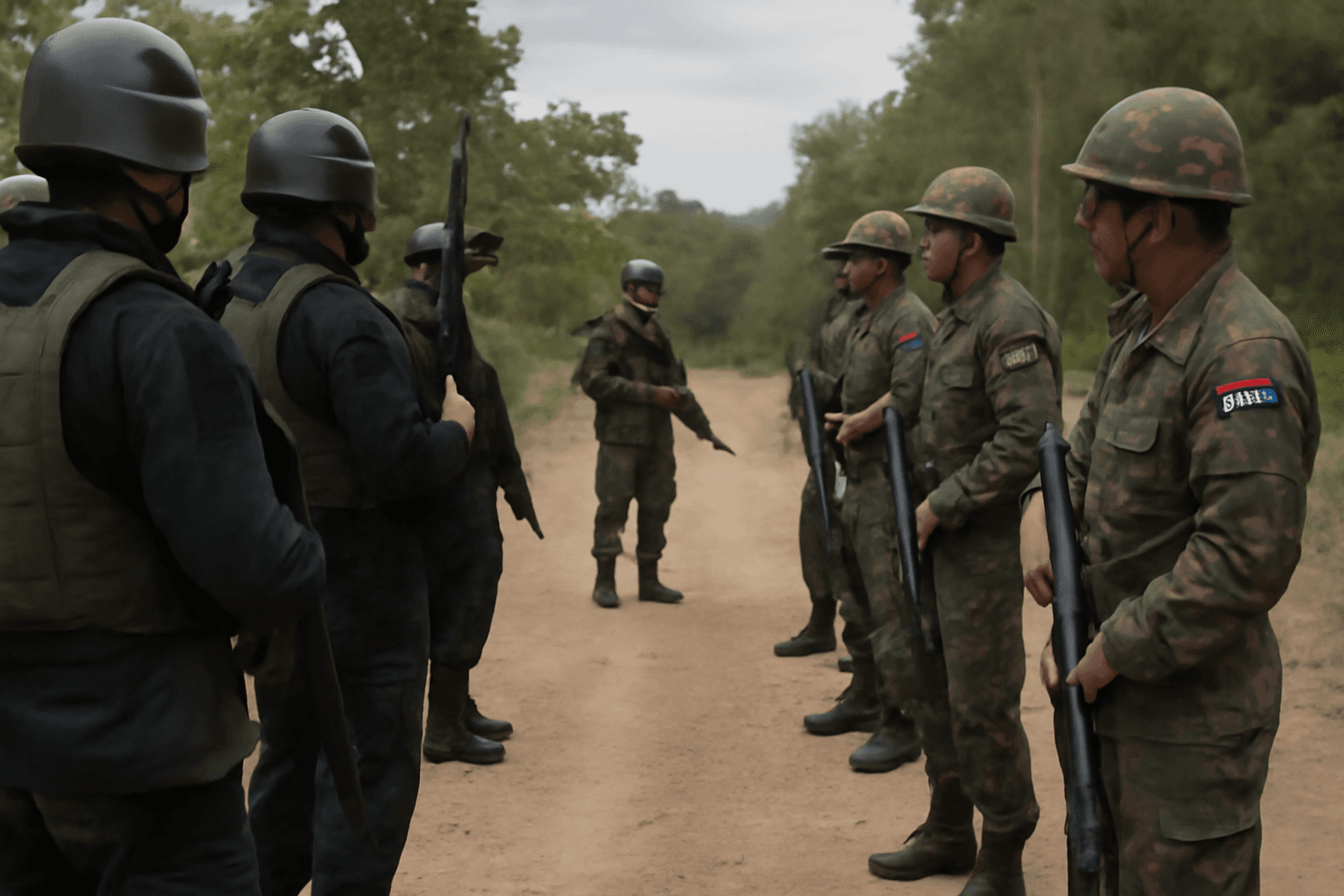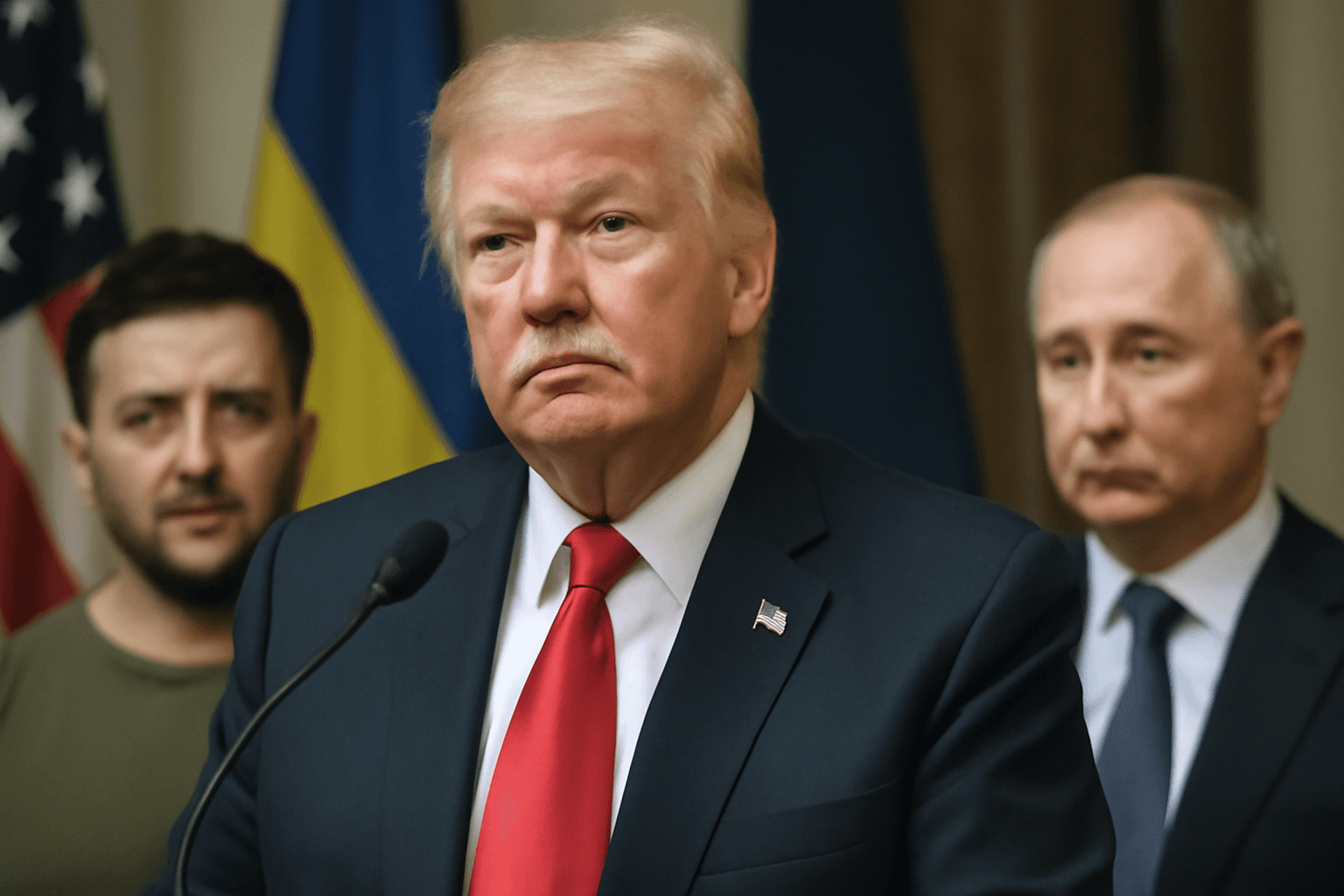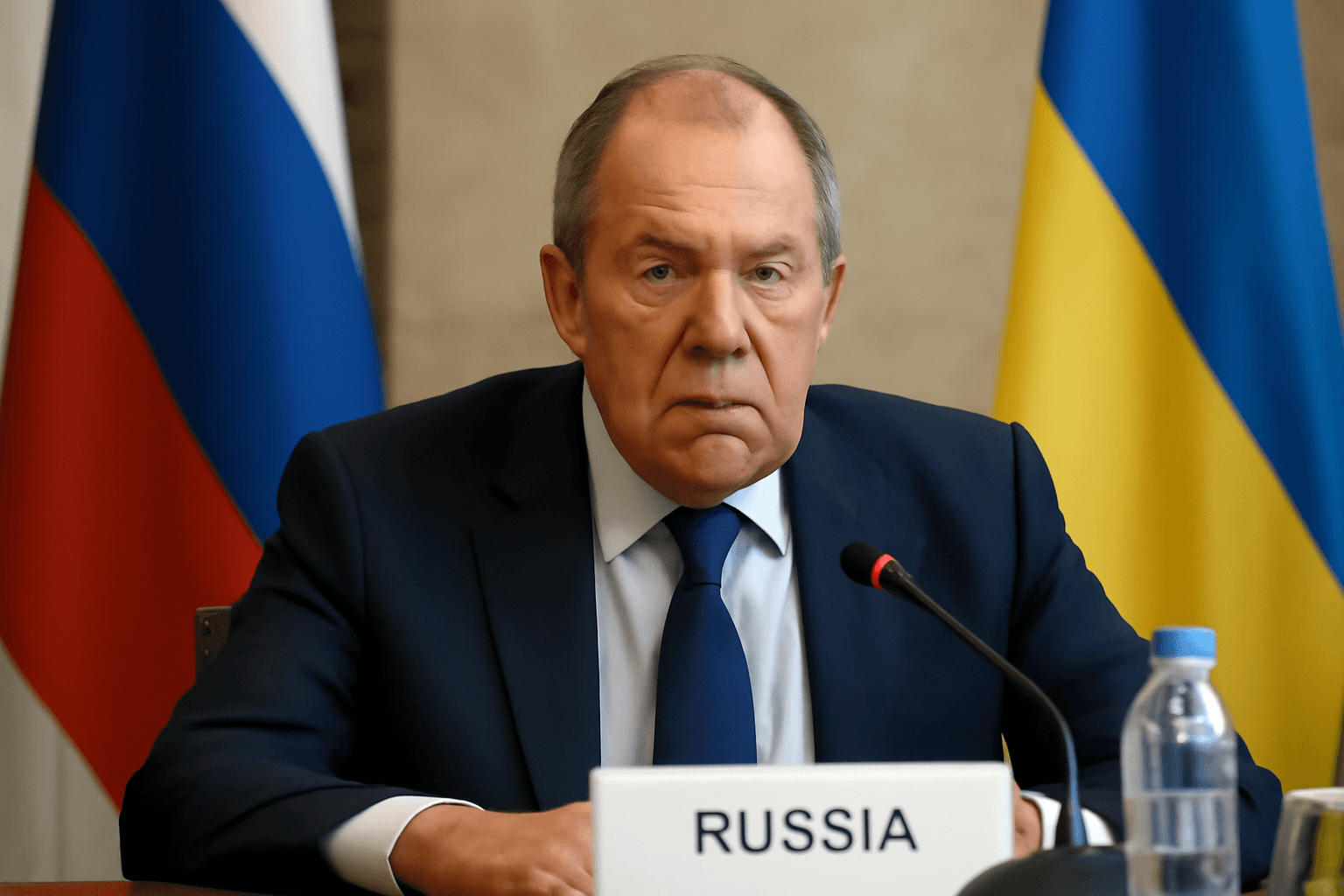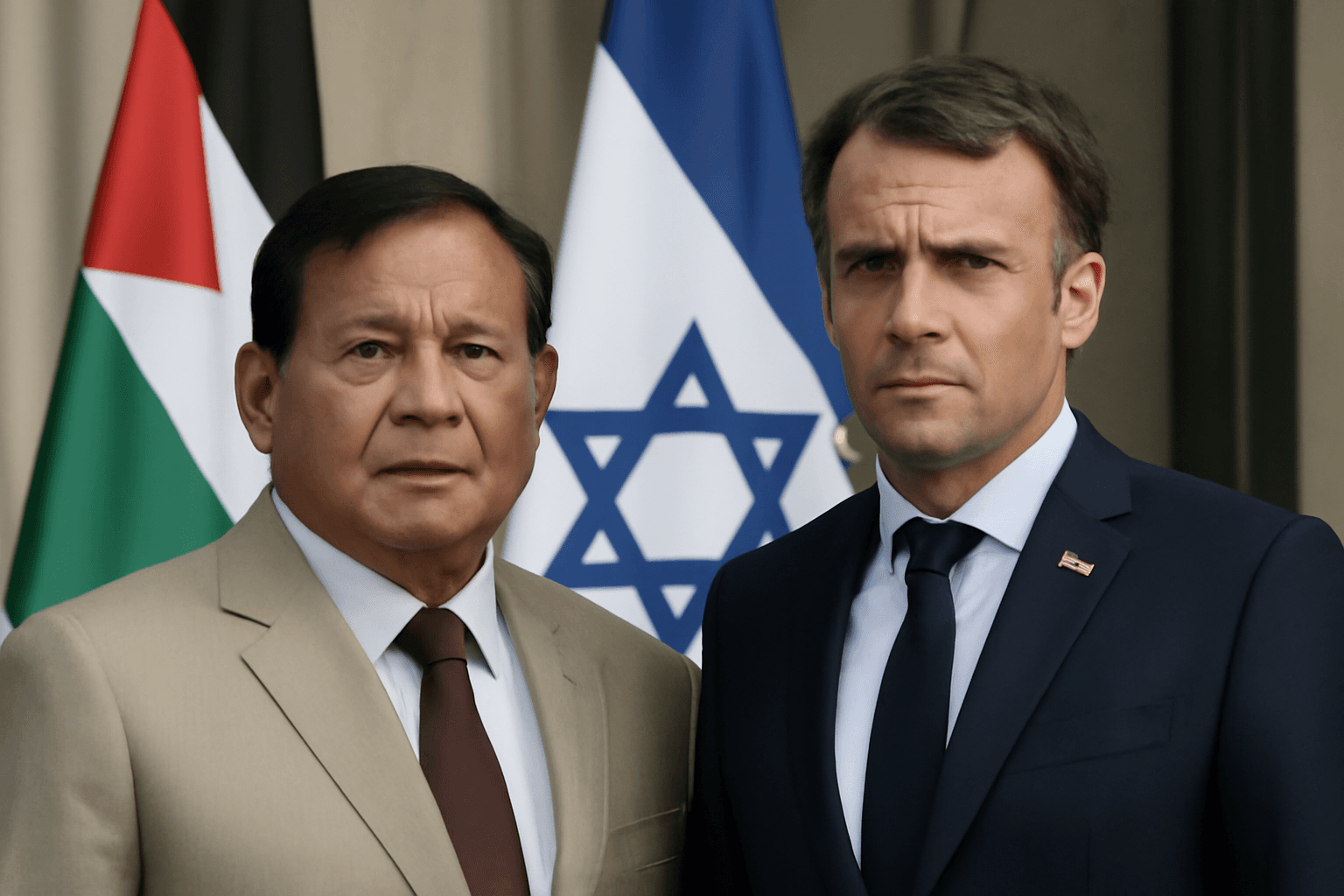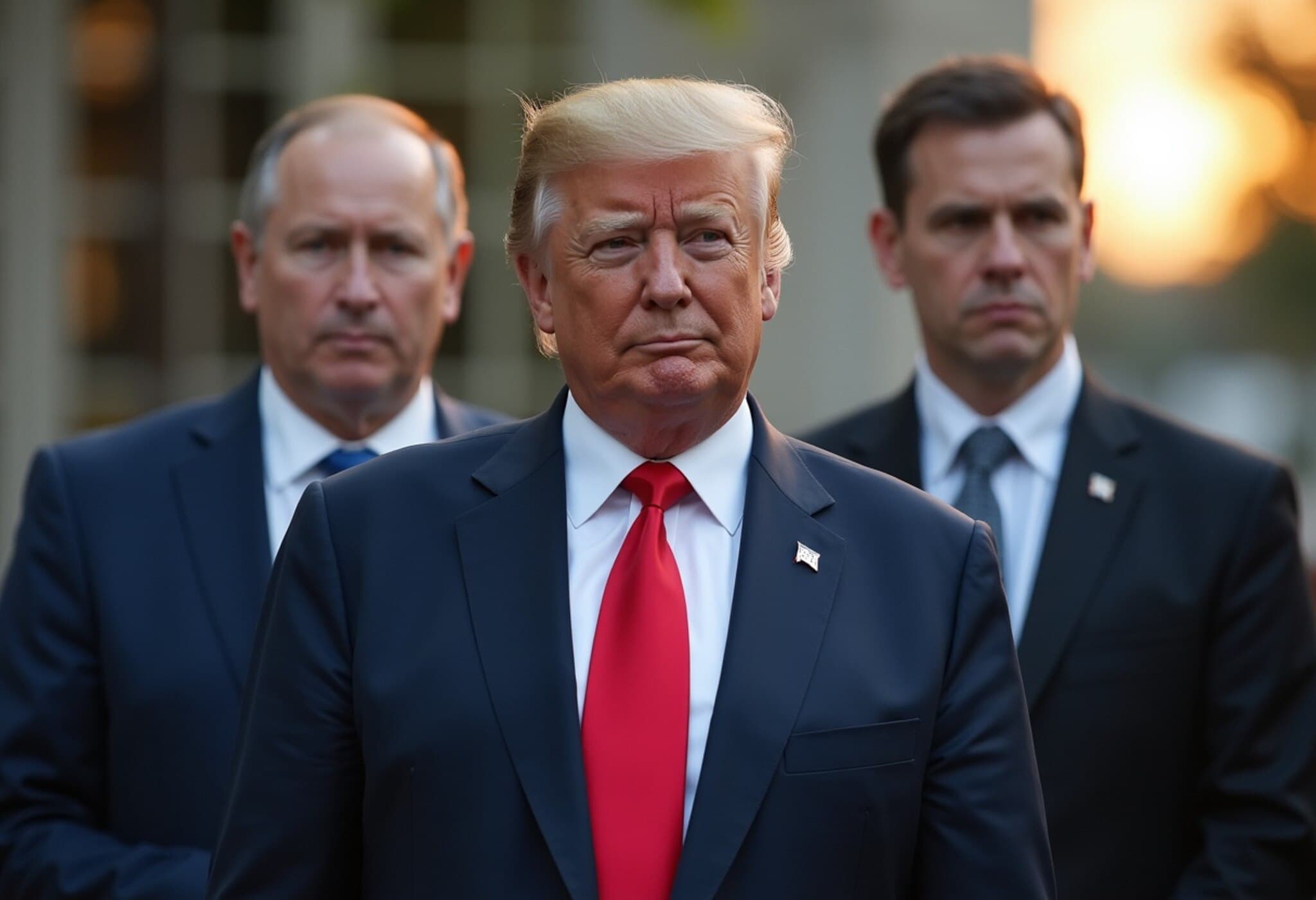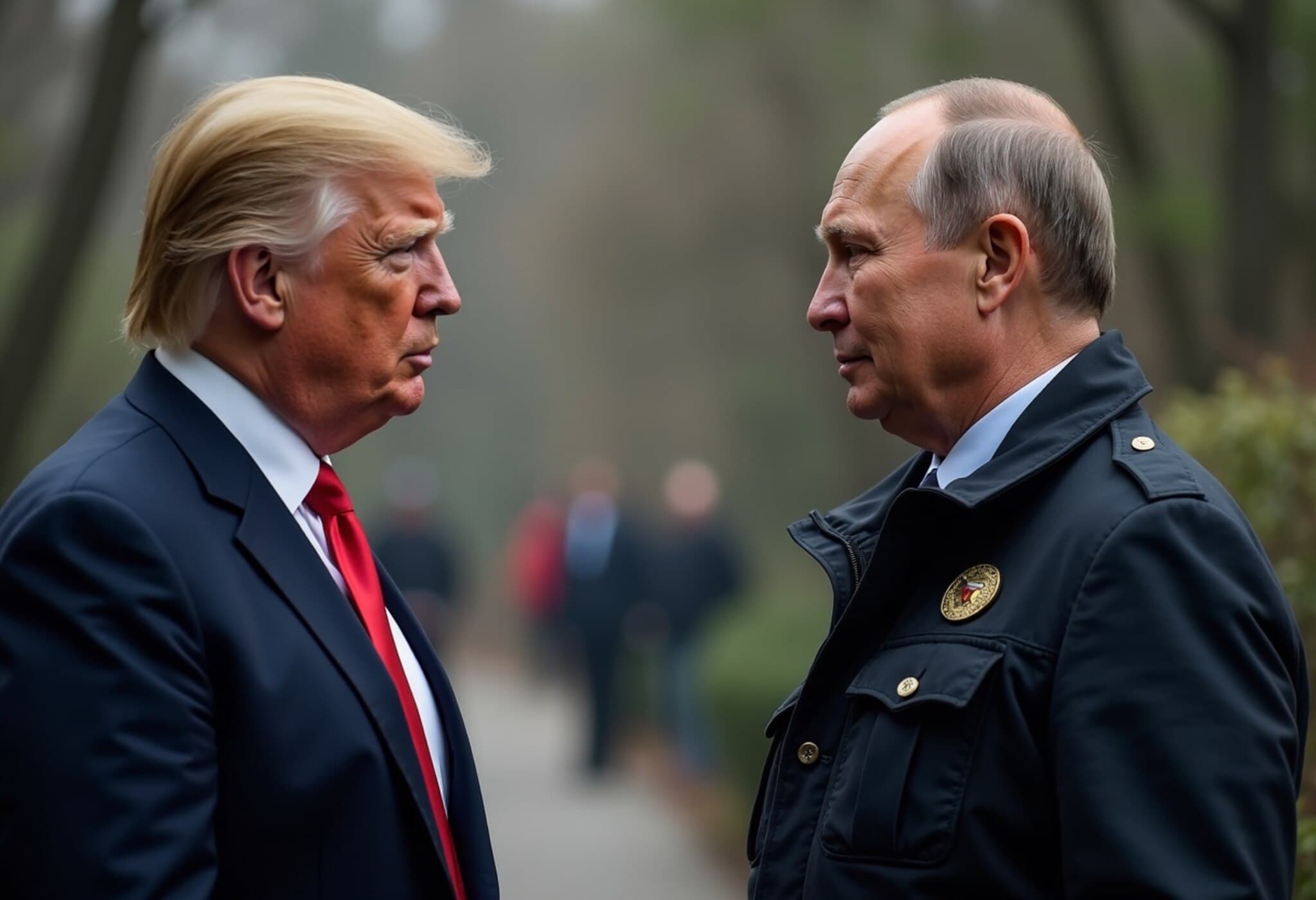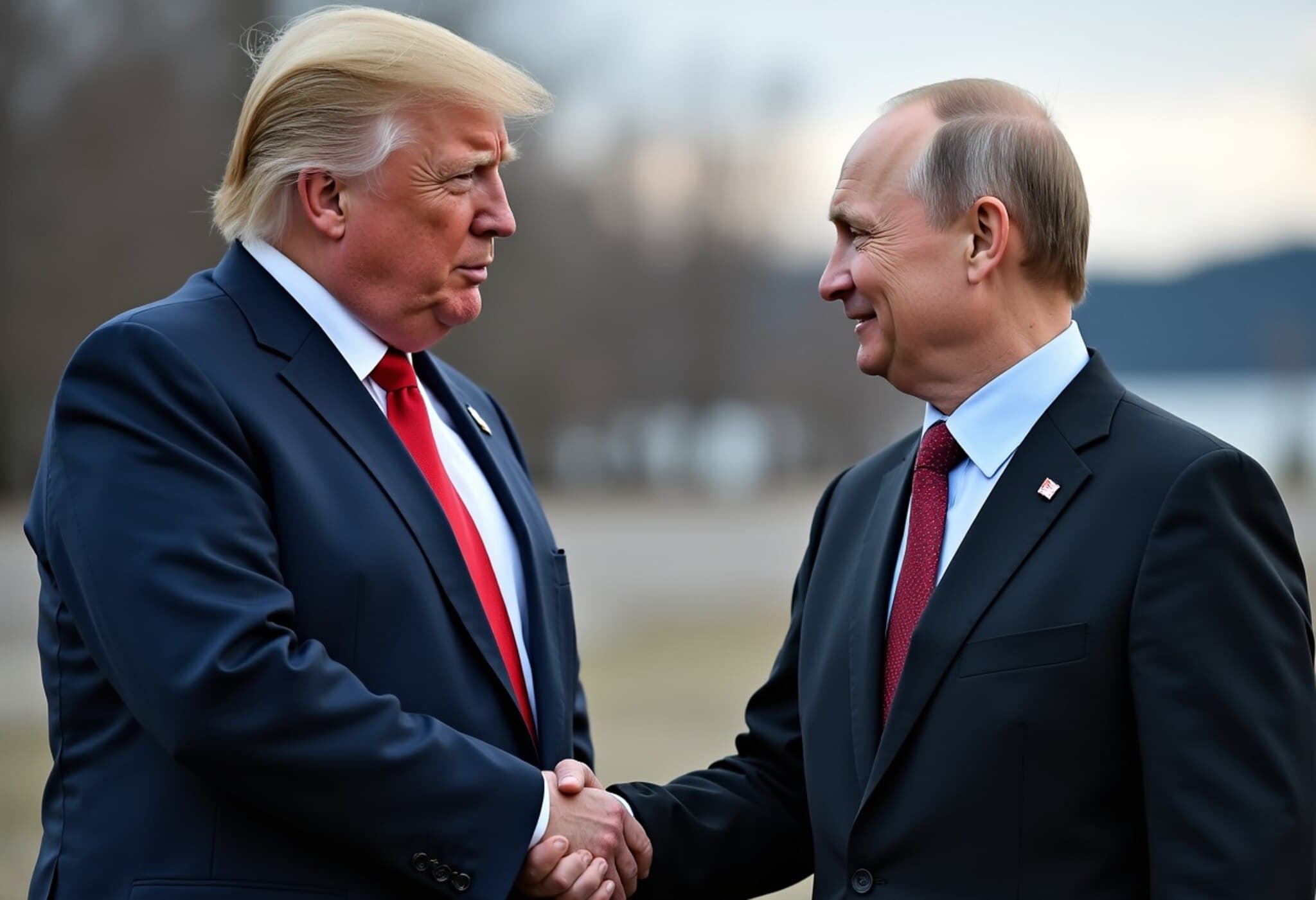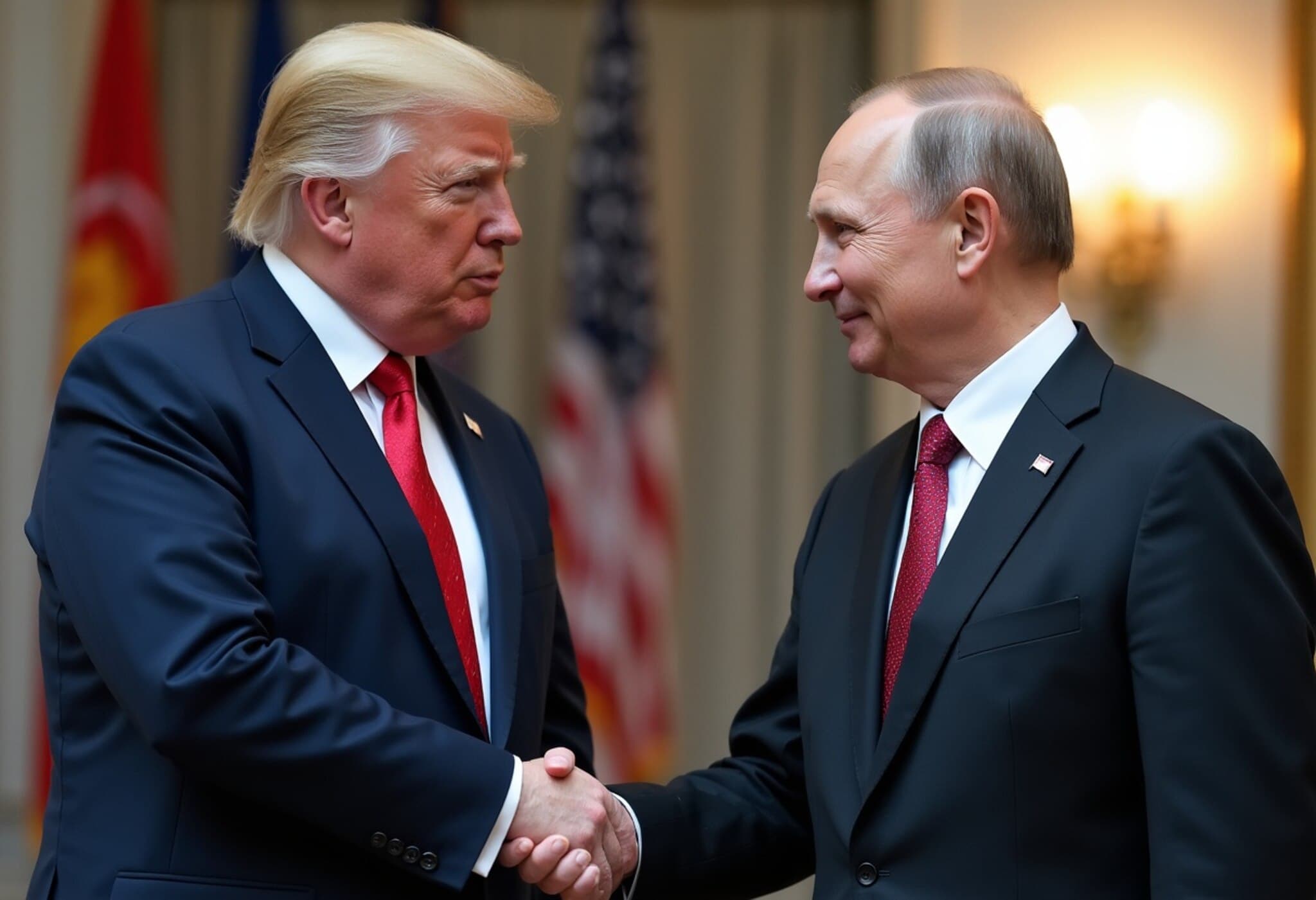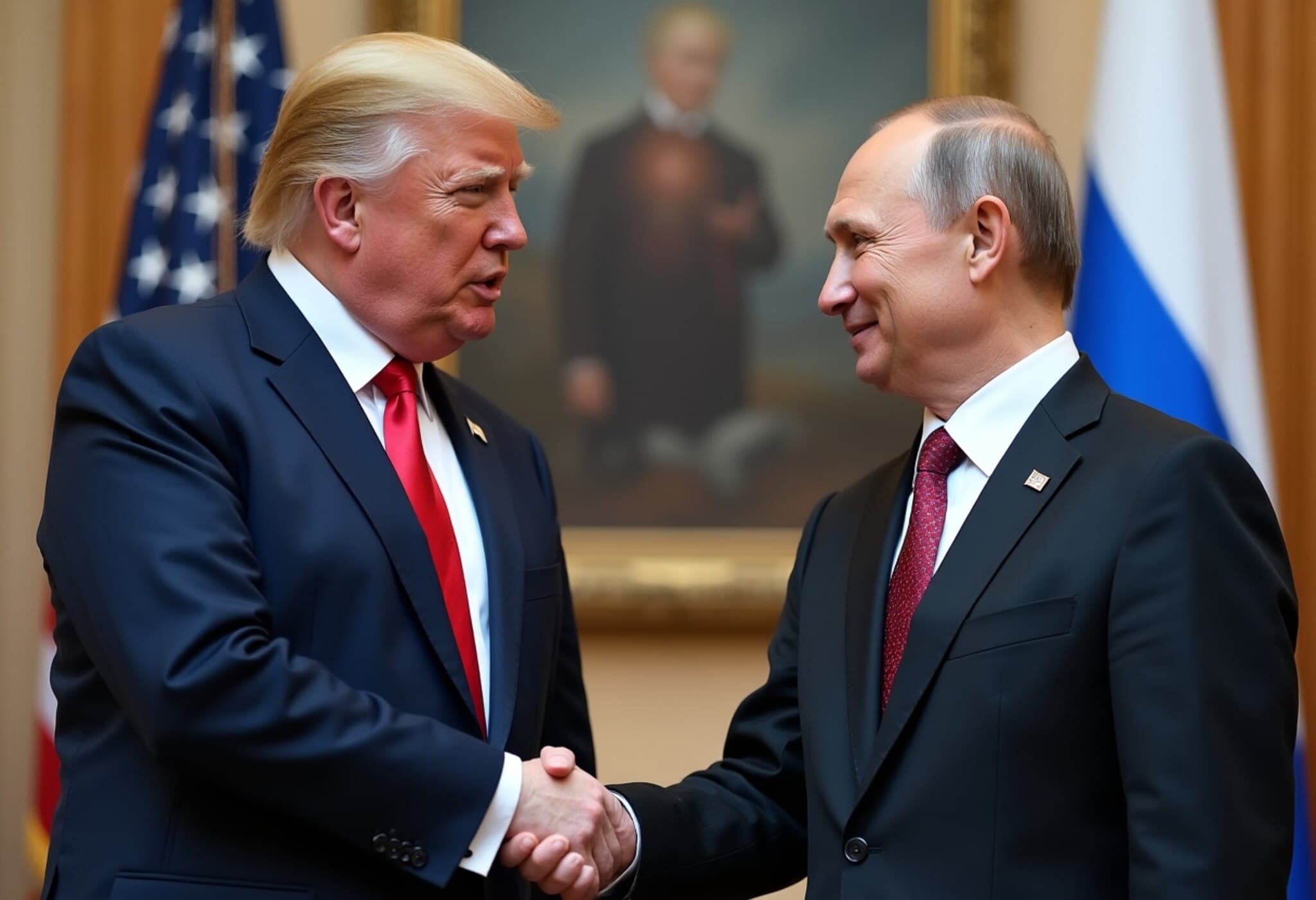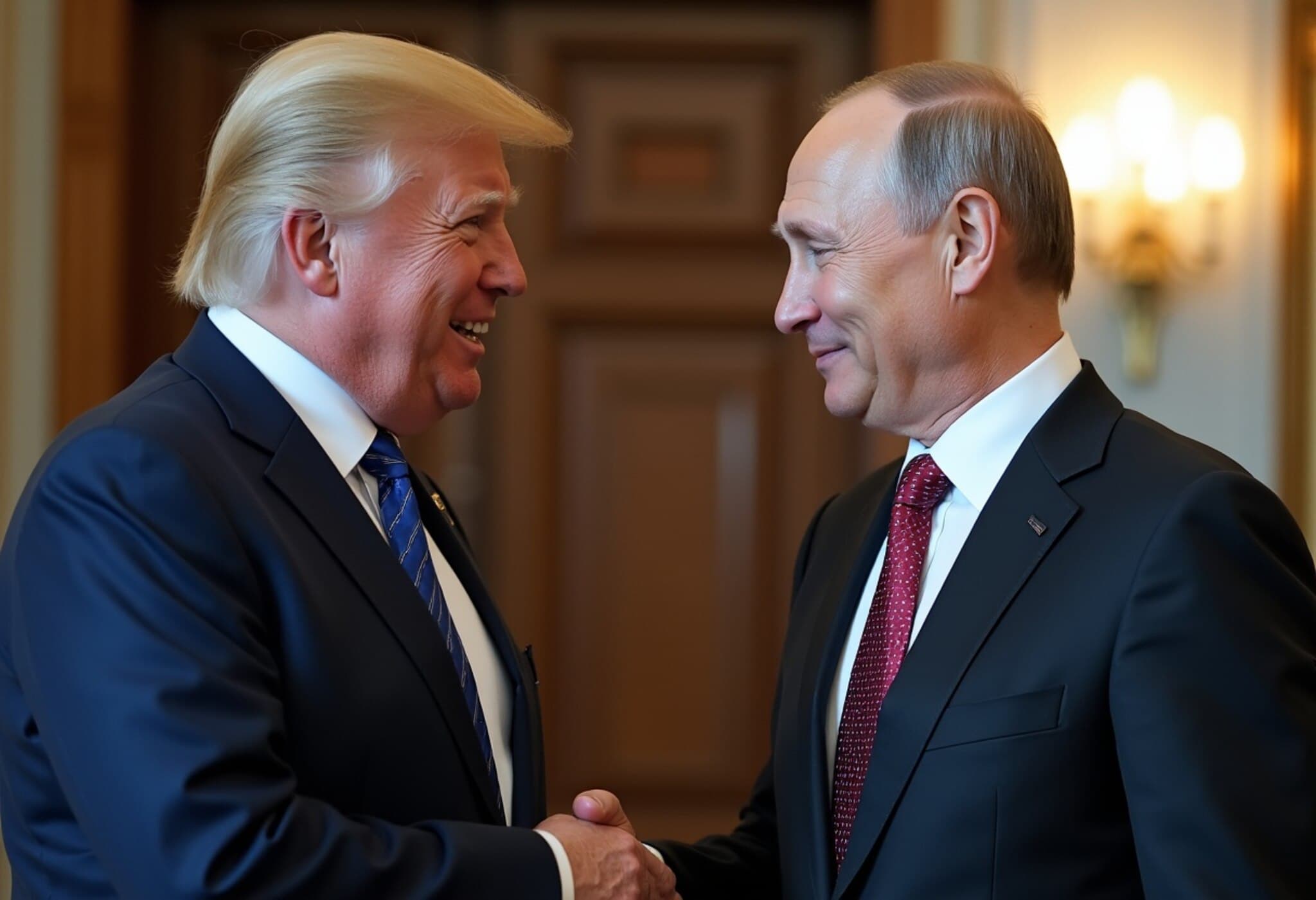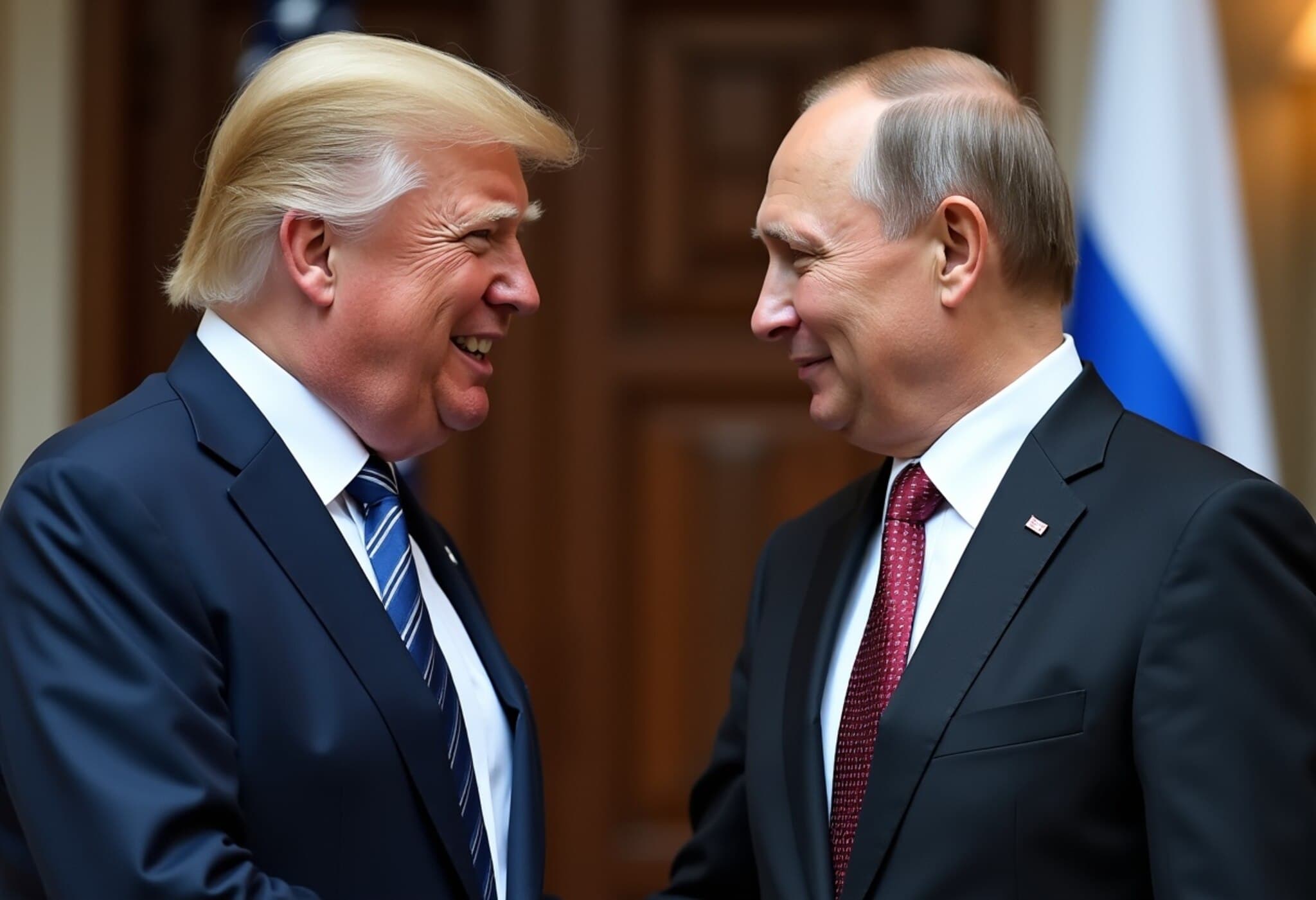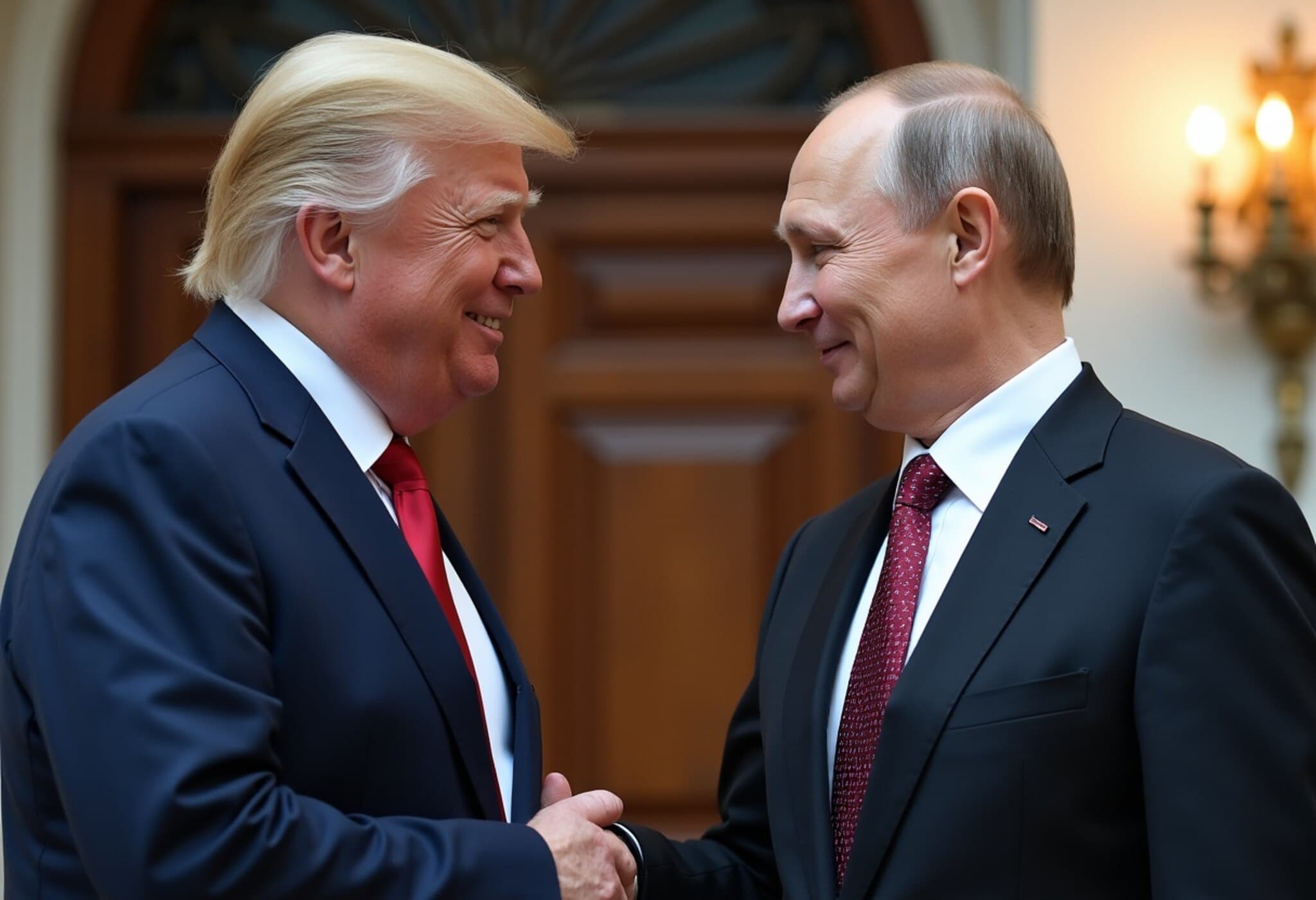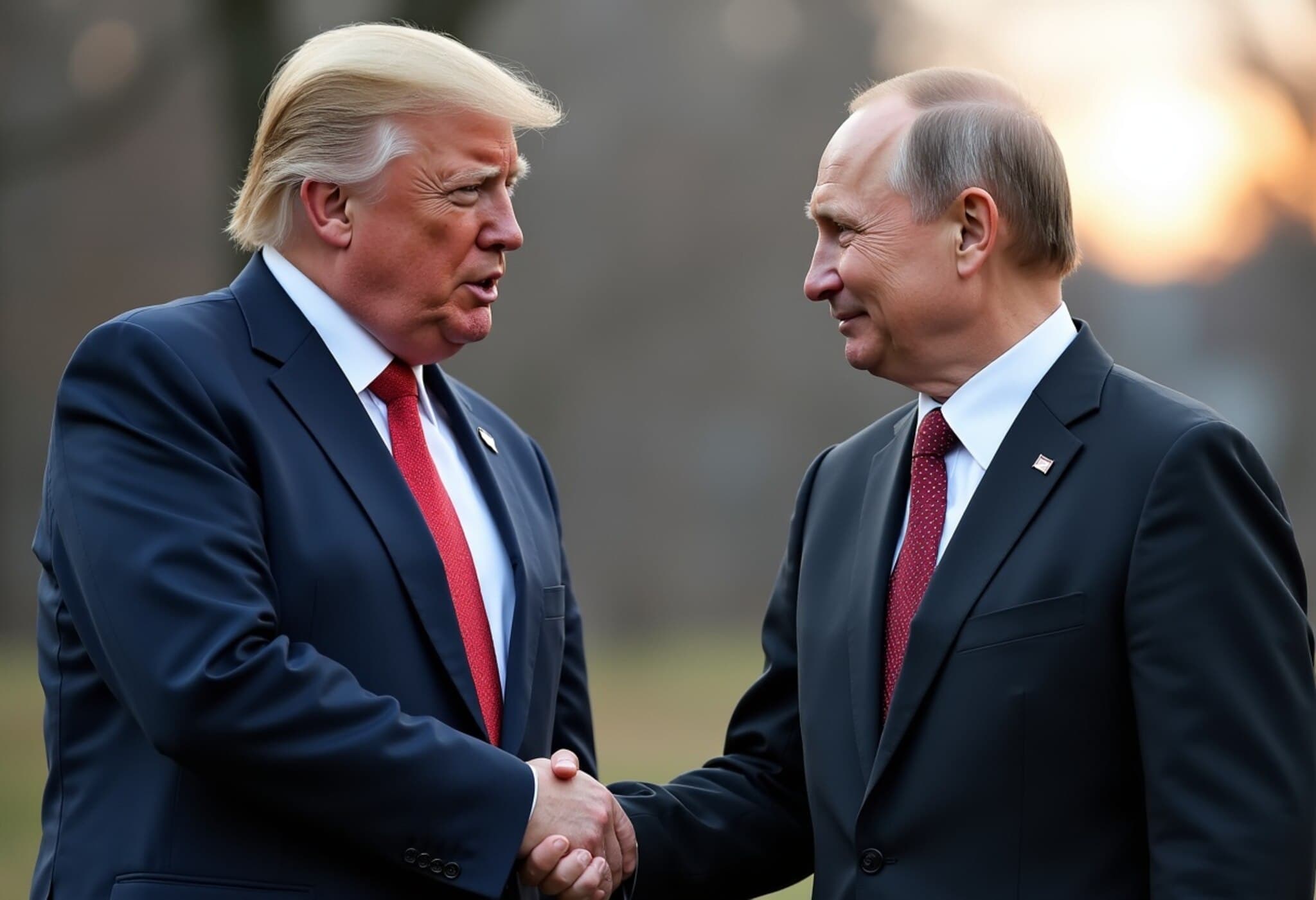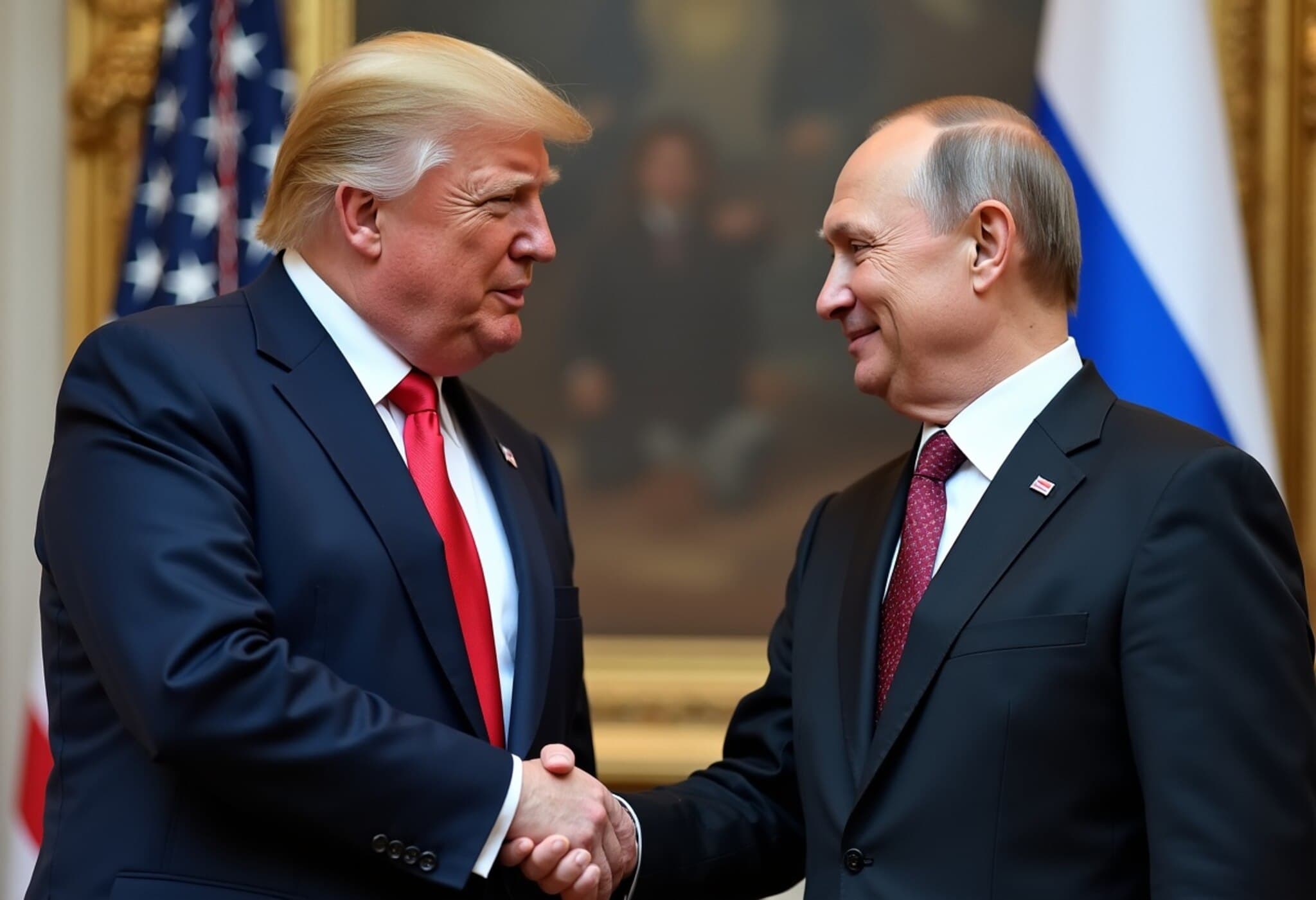Trump and Putin Hold Lengthy Talks in Alaska Amid Ukraine Conflict
On August 15, 2025, former U.S. President Donald Trump and Russian President Vladimir Putin met in Anchorage, Alaska, for nearly three hours to discuss the ongoing war in Ukraine. The summit, their first face-to-face meeting in over six years, sought to explore possibilities to reduce hostilities that have devastated the region since Russia’s invasion in February 2022.
Positive Steps Without a Formal Agreement
Following the talks, Trump described the discussions as “very productive,” acknowledging progress on several key issues but stopping short of announcing a formal ceasefire or agreement. "There were many points we agreed on, though a couple of major ones remain unresolved," Trump said during a joint press conference. “I want to see a ceasefire rapidly, and I'm not going to be happy if it’s not today. I want the killing to stop.”
Summit Background
- The meeting was held at Joint Base Elmendorf-Richardson with senior aides from both sides.
- The backdrop featured the motto “Pursuing Peace,” symbolizing the summit’s intent.
- Trump’s goal was to bring Putin and Ukrainian President Volodymyr Zelenskiy to the negotiating table, though Zelenskiy was not invited.
Complexities Surrounding Ukraine’s Presence and Territorial Integrity
The absence of Ukraine’s President Zelenskiy drew criticism from European allies and others wary that the U.S.-Russia dialogue could exclude Ukrainian interests or implicitly accept territorial concessions. Trump emphasized, “I'm not here to negotiate for Ukraine; I’m here to get them at a table.” However, concerns persist that any frozen conflict risks cementing Russia’s territorial gains, particularly over more than one-fifth of Ukrainian territory now under occupation.
Zelenskiy, speaking through social media, shared cautious optimism that the summit could foster “just peace” with meaningful dialogue involving all parties. Yet, the war continues with Russian missile strikes killing civilians even as talks proceed.
The Geopolitical Stakes: West, Russia, and Global Peace Prospects
The meeting's significance extends beyond Ukraine. For Putin, the summit bolsters Russia’s bid to reclaim influence on the global stage—as years of sanctions and diplomatic isolation have strained Moscow economically and politically. Despite being indicted by the International Criminal Court for alleged war crimes, Putin’s willingness to engage signals a pragmatic approach amid mounting pressures.
The U.S. faces a delicate balancing act between pursuing peace and upholding Ukraine’s sovereignty and democratic aspirations. Trump, who once vowed to end the conflict swiftly, now acknowledges the complexity, noting that a follow-up three-way summit including Zelenskiy would be crucial if the initial talks bore fruit.
Potential Diplomatic and Economic Concessions
Insider sources reveal discussions may involve:
- Mutual agreements to freeze the conflict along existing front lines.
- A legally binding pledge by NATO not to expand eastward, a longstanding Russian demand rejected by the alliance.
- Possible easing of some Western sanctions contingent on war de-escalation.
- Exploration of economic cooperation, including U.S. consideration of Russian icebreaker vessels for Alaskan LNG projects.
- Negotiations on renewing or replacing nuclear arms control treaties nearing expiration.
However, any such prospects face steep hurdles, given geopolitical mistrust and the war's grim humanitarian toll, with civilian casualties surpassing tens of thousands and total casualties estimated at over 1.2 million by U.S. envoys.
Expert Analysis: Navigating a Path Toward Peace
From a policy perspective, Trump's approach underscores the complexity of mediating in a conflict where national interests, international law, and human tragedy intersect. His emphasis on bringing parties to the negotiating table reflects a pragmatic step, but the absence of Ukraine’s direct involvement risks undermining legitimacy and long-term viability.
Moreover, the prospect of ‘freezing’ the conflict without addressing core issues—such as territorial sovereignty and accountability for war crimes—raises questions about the durability of any ceasefire. Experts warn that lasting peace requires comprehensive settlements that include security guarantees, economic reconstruction, and justice mechanisms.
Looking Ahead
As Putin and Trump depart Alaska, the world's eyes turn to Ukraine and its allies to see how this dialogue influences the course of the war. For the millions affected, the human cost remains paramount, making any diplomatic progress a matter of urgent global concern.
Editor's Note
This Alaska summit highlights both the possibilities and pitfalls of high-stakes diplomacy amid an ongoing war. While progress signals hope, the road to peace demands inclusive negotiations that respect Ukraine's sovereignty and address humanitarian and legal realities. The coming months will test whether talks can translate from rhetoric into tangible steps toward ending Europe's deadliest conflict in decades.

